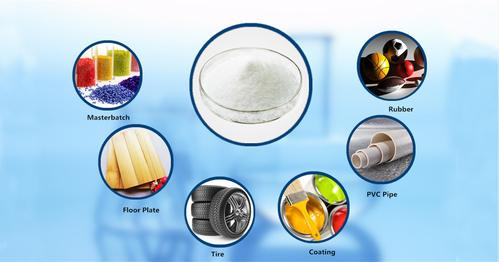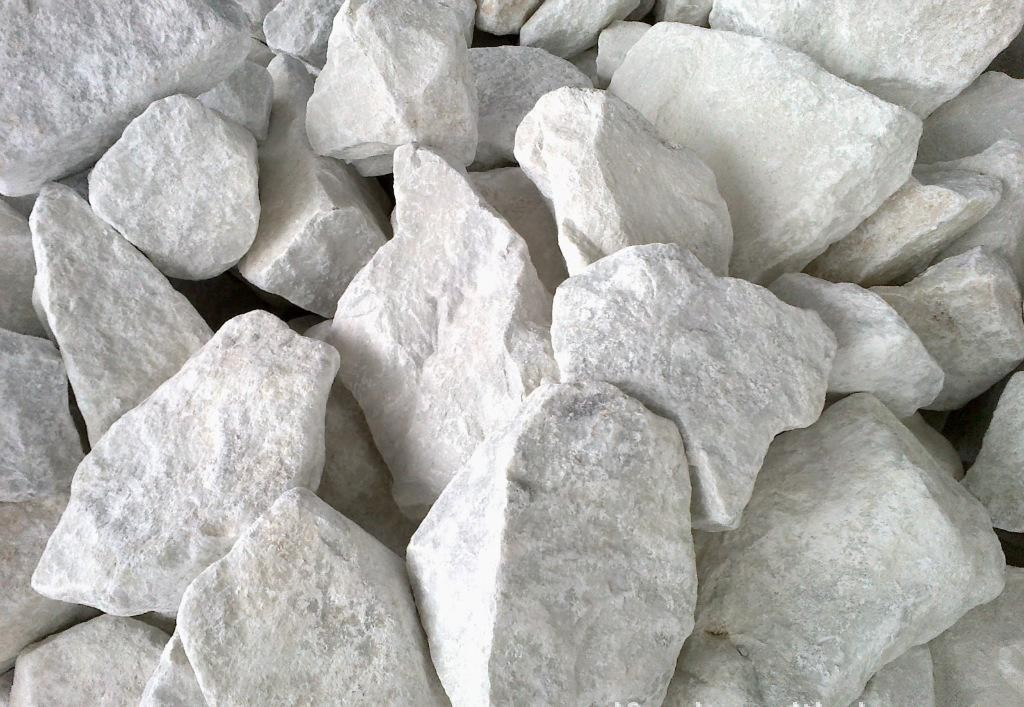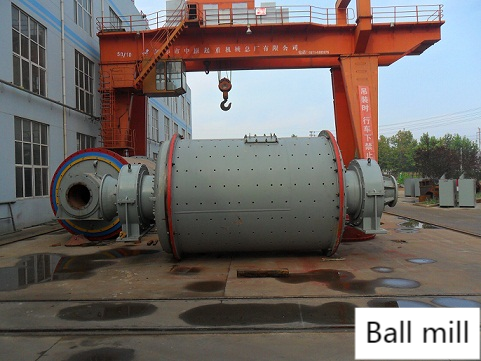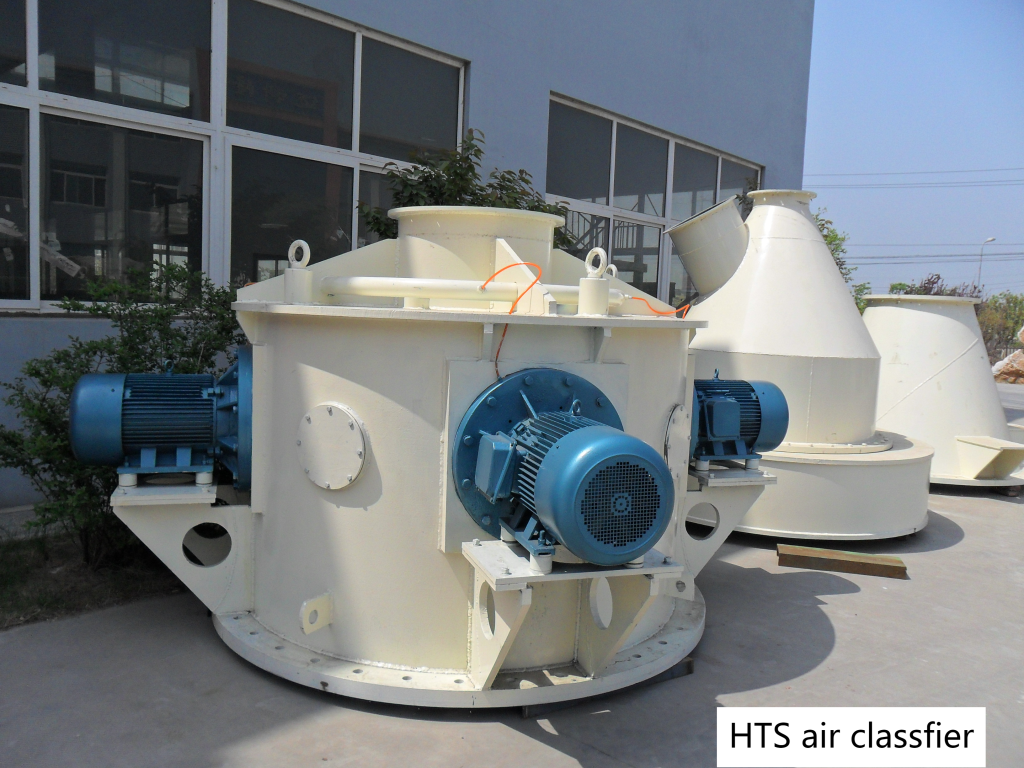Le carbonate de calcium, en tant que charge inorganique, est largement utilisé dans les industries des plastiques, du caoutchouc, des revêtements et fabrication du papier. Blancheur est l'un des indicateurs importants pour mesurer sa qualité. La blancheur affecte non seulement l'apparence du produit, mais affecte également directement la valeur marchande et les performances d'application du produit. Cet article abordera les principaux facteurs affectant la blancheur du carbonate et proposera des solutions correspondantes.

Les principaux facteurs affectant la blancheur
1. Qualité de la matière première
Calcaire est le facteur le plus important affectant la blancheur du carbonate de calcium. Les impuretés, telles que le fer, le manganèse et les matières insolubles dans l'acide chlorhydrique, réduiront considérablement la blancheur du produit. Ce n'est que lorsque la teneur en fer ≤ 0,12%, la teneur en manganèse ≤ 0,006% et la teneur en matières insolubles dans l'acide chlorhydrique ≤ 0,30% que du carbonate de calcium d'une blancheur acceptable peut être produit. Des examinateurs de matières premières expérimentés peuvent donner un jugement préliminaire sur la pureté du calcaire en fonction de son apparence. En général, le calcaire de couleur cyan ou gris clair a une pureté plus élevée, tandis que le calcaire qui contient plus d'impuretés, telles que le fer et le manganèse, est à motifs ou tacheté de couleurs jaune, marron ou rose.
2. Sélection du carburant
Dans la production de carbonate de calcium, le choix du combustible est également crucial. La teneur en impuretés telles que le soufre et les cendres de l'anthracite affectera directement la blancheur du carbonate de calcium. La teneur en soufre de l'anthracite pour la production doit être ≤ 1,5%, la teneur en cendres doit être ≤ 25% et la teneur en autres impuretés doit être ≤ 2,0%, elle peut alors répondre aux exigences de production de carbonate de calcium avec une blancheur qualifiée.
3. Technologie de production
❊ Conditions de calcination
Les conditions de calcination de la chaux vive ont une influence importante sur la blancheur du carbonate de calcium. Un contrôle strict de la température et du temps de calcination pour éviter une combustion excessive de la chaux vive ainsi que l'élimination des impuretés telles que les scories de coke et les noyaux de coke peuvent améliorer la blancheur du carbonate de calcium
❊ Processus de carbonisation
Lors du processus de carbonisation, la réaction entre Ca(OH)2 et CO2 doit être complète pour éviter tout retour d'alcali et toute agglomération, améliorant ainsi la dispersibilité, la finesse des particules et l'uniformité de la distribution des particules cristallines. C'est également l'un des principaux moyens d'améliorer la blancheur du produit.
4. Taille des particules et teneur en eau du minerai
Plus la taille des particules du minerai est fine, plus la blancheur est élevée. Cependant, les produits minéraux ayant des utilisations différentes ont des exigences différentes en matière de taille des particules, il faut donc en tenir compte de manière approfondie. De plus, la teneur en eau du minerai est également un facteur important affectant la blancheur. La réduction de la teneur en eau du minerai peut améliorer efficacement la blancheur du carbonate de calcium.
En réponse aux problèmes ci-dessus, nous pouvons adopter les solutions suivantes
1. Sélectionnez des matières premières de haute qualité
Sélectionnez du calcaire à faible teneur en impuretés de fer et de manganèse comme matière première et assurez-vous de sa pureté grâce à un criblage et une classification rigoureux. Dans le même temps, grâce à une analyse chimique, assurez-vous que tous les indicateurs répondent aux exigences de production.
2. Optimiser le choix du carburant
Choisissez un combustible anthracite à faible teneur en soufre et en cendres pour réduire l'impact négatif sur la blancheur. De plus, testez régulièrement la qualité du combustible pour garantir sa stabilité.
3. Améliorer la technologie de production
✬ Procédé de calcination
Optimiser la température et la durée de calcination pour garantir la qualité de la chaux vive. Dans le même temps, améliorer l'efficacité de la calcination et réduire les risques de surcombustion en améliorant l'équipement de calcination.
✬ Processus de carbonisation
Améliorer la pureté du CO2 du gaz du four pour assurer une réaction complète entre Ca(OH)2 et CO2. Parallèlement, renforcer la surveillance du processus de carbonisation pour garantir l'absence de retour d'alcali et d'agglomération.

4. Broyage fin et classification
Bien affûtage La classification du carbonate de calcium peut améliorer l'uniformité et la finesse des particules. L'amélioration de la blancheur du carbonate de calcium par des méthodes physiques est un moyen efficace d'améliorer la qualité du produit.
5. Traitement chimique
Grâce à un traitement chimique approprié, tel que le lavage acide et le lavage alcalin, les impuretés du carbonate de calcium sont éliminées et sa pureté est améliorée. Le traitement chimique peut améliorer considérablement la blancheur, mais il faut prêter attention aux questions de sécurité et d'environnement pendant le processus de traitement.
6. Ajouter des additifs
L'ajout d'une quantité appropriée d'agent blanchissant tel que le dioxyde de titane pendant la production peut améliorer la blancheur. Cependant, afin d'éviter des effets indésirables sur les performances du produit, le dosage doit être contrôlé.
Aperçu
La blancheur du carbonate de calcium est un indicateur important pour mesurer sa qualité, dans une certaine mesure, elle affecte l'application et la part de marché du carbonate de calcium.
Comme mentionné ci-dessus, la méthode physique peut améliorer la blancheur du carbonate de calcium, c'est-à-dire par broyage et classification, en utilisant un broyeur et un classificateur pour traiter finement le carbonate de calcium. Qingdao Epic Powder Machinery Co., Ltd. dispose d'une variété d'équipements de traitement en profondeur pour les poudres, notamment : broyeur à jet, broyeur à impact, broyeur à boulets, moulin à rouleauxl, divers classificateurs et une variété d'équipements de modification de revêtement de surface. Parmi eux, le broyeur à boulets et classificateur conviennent au broyage fin et au classement du carbonate de calcium, améliorant ainsi la blancheur.
Si vous avez des demandes ou des questions à ce sujet, n'hésitez pas à nous contacter L'épopée de Qingdao, ils sont toujours disponibles.


